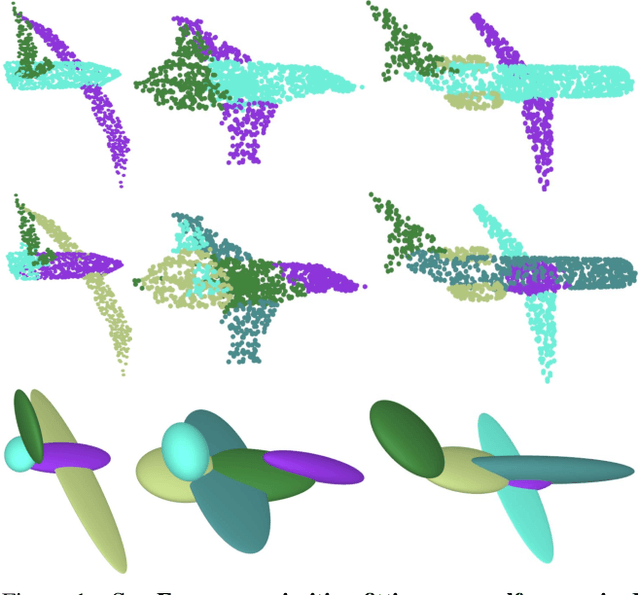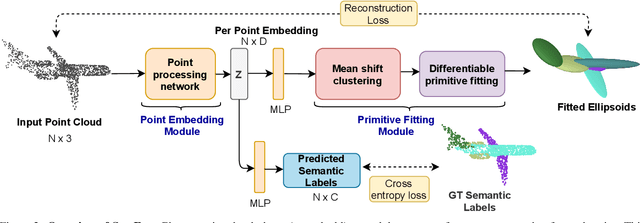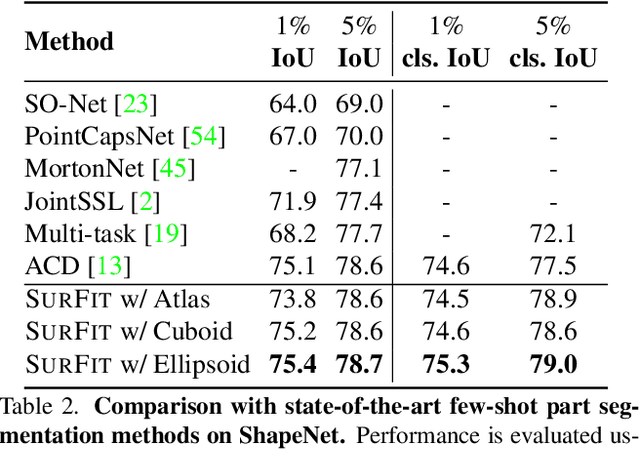Bidya Dash
Volkswagen AG
Temporal Performance Prediction for Deep Convolutional Long Short-Term Memory Networks
Nov 13, 2023



Abstract:Quantifying predictive uncertainty of deep semantic segmentation networks is essential in safety-critical tasks. In applications like autonomous driving, where video data is available, convolutional long short-term memory networks are capable of not only providing semantic segmentations but also predicting the segmentations of the next timesteps. These models use cell states to broadcast information from previous data by taking a time series of inputs to predict one or even further steps into the future. We present a temporal postprocessing method which estimates the prediction performance of convolutional long short-term memory networks by either predicting the intersection over union of predicted and ground truth segments or classifying between intersection over union being equal to zero or greater than zero. To this end, we create temporal cell state-based input metrics per segment and investigate different models for the estimation of the predictive quality based on these metrics. We further study the influence of the number of considered cell states for the proposed metrics.
SurFit: Learning to Fit Surfaces Improves Few Shot Learning on Point Clouds
Dec 27, 2021



Abstract:We present SurFit, a simple approach for label efficient learning of 3D shape segmentation networks. SurFit is based on a self-supervised task of decomposing the surface of a 3D shape into geometric primitives. It can be readily applied to existing network architectures for 3D shape segmentation and improves their performance in the few-shot setting, as we demonstrate in the widely used ShapeNet and PartNet benchmarks. SurFit outperforms the prior state-of-the-art in this setting, suggesting that decomposability into primitives is a useful prior for learning representations predictive of semantic parts. We present a number of experiments varying the choice of geometric primitives and downstream tasks to demonstrate the effectiveness of the method.
 Add to Chrome
Add to Chrome Add to Firefox
Add to Firefox Add to Edge
Add to Edge